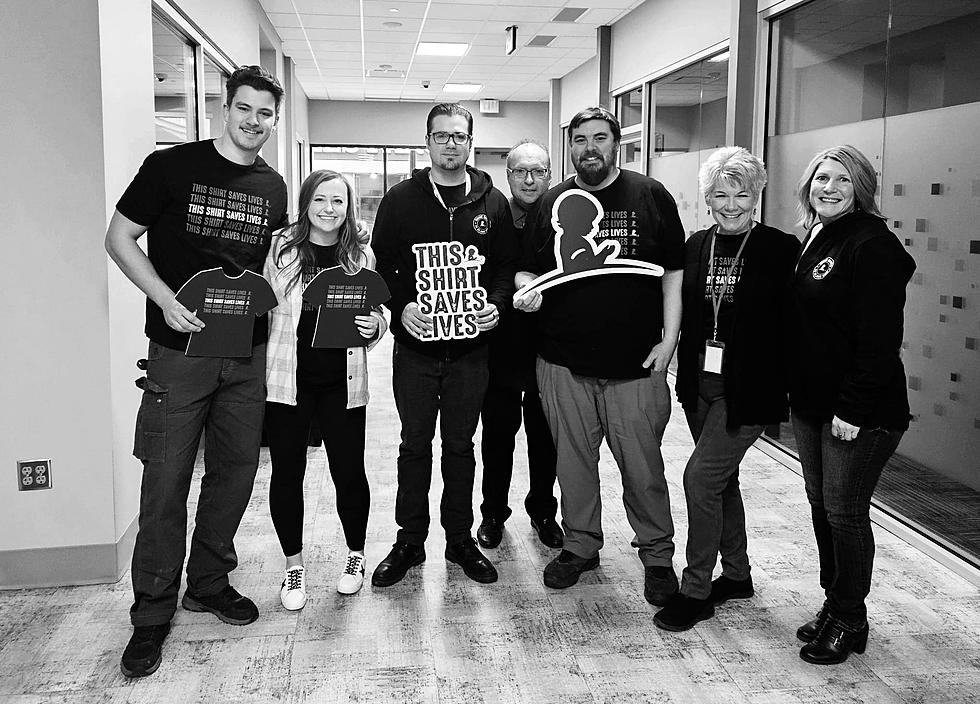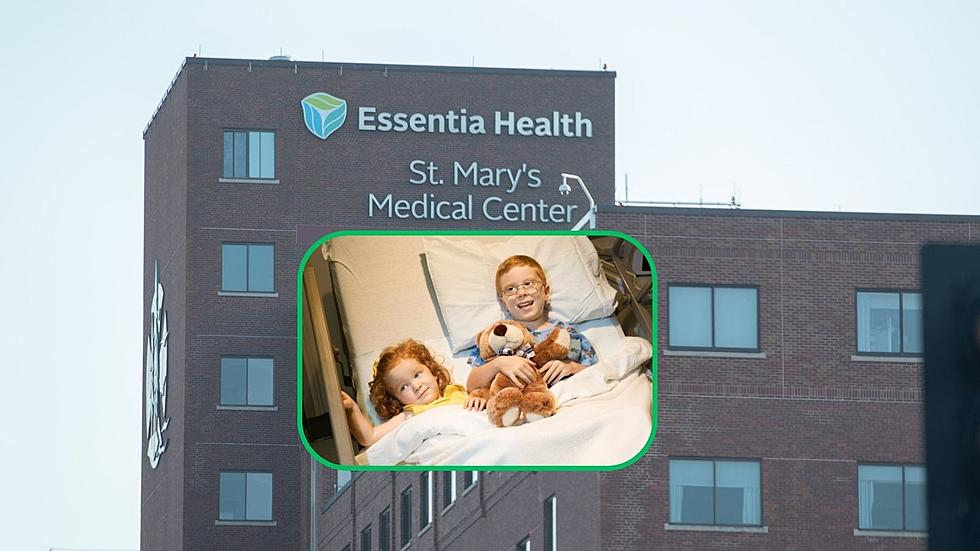
St. Jude Children’s Research Hospital Beam of Hope, Another Reason You Should Be A Partner In Hope
I have had the honor and opportunity to visit St. Jude Children's Research Hospital many times in my broadcast career and each time I do, I am amazed at the progress that is made in researching pediatric cancer and other catastrophic diseases. This year, I was enthralled to be introduced to the Beam of Hope. THIS is an amazing tool that will be used to save lives and just another reason why becoming a Partner In Hope (PIH) is so important.
The Beam of Hope is still under construction. While we visited the hospital we were taken into the building that houses the incredible machine. Because construction was active, we had to wear vests, glasses and hard hats.
It was incredible to know that the machine I was viewing is so accurate that it takes an entire year to calibrate. The beam is different in the aspect that it pinpoints the center of the tumor, for lack of a better term, to be zapped. Meaning that the healthy tissue around the tumor will be left unscathed.
The hospital is currently building the world’s only proton center dedicated solely to the treatment of children at a cost of $198 million dollars. This will only enhance the dedicated work being performed in the hospital's clinical and laboratory facilities. It's slated to open in the year 2015.
So, the big question: What is proton therapy?
Proton therapy offers tremendous advantages compared to X-ray technology because it is more precise and may be used to deliver a potentially higher dose of radiation to the tumor with fewer side effects. By confining radiation exposure to the tumor itself, the pinpointed therapy reduces a person’s risk of experiencing toxic effects on major organs and of developing secondary cancers later in life.
Doctors at St. Jude say proton therapy represents the next logical step for the hospital as it remains a world leader in the research and treatment of brain tumors and radiation therapy. Proton therapy can deliver high radiation doses directly to tumors while sparing normal tissues and reducing the side effects of traditional X-ray therapy. Proton therapy’s chief advantage is the ability to control its depth and intensity in tissue. The more precise the beam, the more targeted the therapy.
In addition to treating brain tumors, the new technology will also be used to treat Hodgkin lymphoma and other solid tumors such as Ewing sarcoma, neuroblastoma and retinoblastoma. Treatment sessions may range from 20 minutes to an hour.
The new tower housing the facility will also include expanded surgical suites, an advanced Intensive Care Unit, the new Computational Biology department and a global education and collaboration center.
Your donation as a Partner In Hope not only helps with the research done to find a cure, but also to buy state-of-the-art technology to treat patients in need. This Wednesday and Thursday, listen to the B105/KOOL 101.7 St. Jude Children's Research Hospital Radiothon presented by maurices to learn more about the hospital and be part of the St. Jude family.
More From B105









